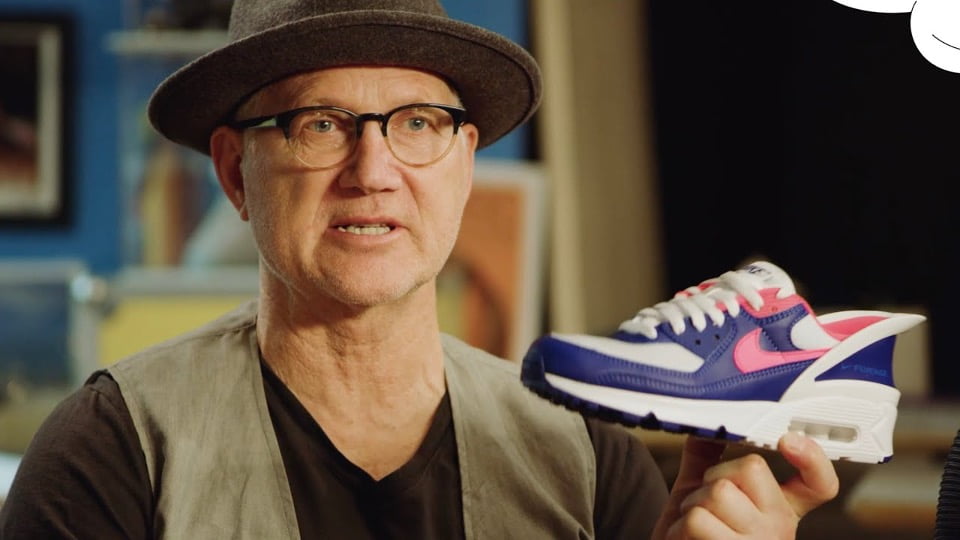
When United Airlines staff followed the rules too rigidly, they ended up with a bloodied passenger and significant reputational damage for the airline. Innovation expert Simone van Neerven advocates to stop covering all possible scenarios in procedures and let people think for themselves again.
United Airlines' biggest mistake
On April 9, 2017, a United Airlines aircraft was about to depart from Chicago airport when ground staff announced that four passengers needed to give up their seats for United Airlines crew members. They offered passengers a compensation of $400 to disembark voluntarily, but no one accepted. When they increased the compensation to $800, still nobody wanted to give up their seat.
And so the standard procedure went into effect, and four passengers were appointed randomly to leave the aircraft. One of the selected passengers, 69-year-old doctor David Dao, refused and remained seated because he had patient appointments the next day. However, ground staff adhered to the rules and asked security guards for help.
These guards boarded the plane and forcefully removed the doctor from his chair. The doctor was dragged down the aisle with a bloody face and screamed. The incident was filmed and went viral. United Airlines’ reputation had taken a big hit, and the airline needed to compensate Dao millions of dollars.
The incident became an example of how not to do it. How could this have happened? The ground staff had no freedom to anticipate the situation and stuck to the procedure, scared of repercussions if they broke the rules. They were only allowed to offer up to a maximum of $1,000 in compensation. However, if they would have been allowed to offer more, they would probably have found four volunteers.
The purple crocodile
Organisations are teeming with rules and procedures that can lead to absurd situations. OHRA, a Dutch insurance company, made a legendary commercial about this in 2014 with a girl who had forgotten her inflatable purple crocodile in the swimming pool. She went back to pick it up with her mother.
The crocodile is in full view at the reception, but they can not just take it because they must fill in all kinds of forms first. Once ready, they can not give the form to the desk clerk but need to return it the next day during working hours. Over the years, the purple crocodile has become a metaphor for the urge for excessive regulation and customer-unfriendly bureaucracy.
We rather add than remove something
The problem with many rules and procedures is that they are unnecessarily complex and rigid. If $400 does not work out, you bid $800. You can go up to $1000 and then move to randomly picking passengers. More and more rules are added to try to cover all possible scenarios. That makes people tame and follow the rules blindly, afraid of the consequences if they break them. The result: absurd situations. Rather than creating a maze of rules and procedures, you could also say: “We trust that you will assess the situation correctly and do what is necessary to reach a solution that satisfies everyone.”
“Yes, and…” has been pushed way too far
One of the most crucial rules for improvisation in theatre is to say “Yes, and …” to build on what someone else says. Many organisations have adopted this mindset, and saying “Yes, but …” has become not done. If you do, you will be ridiculed and accused of being uncooperative.
But “Yes, but …” prevents you from making things unnecessarily complex and implementing solutions to problems caused by the solution you just implemented. It is the perfect way to arm ourselves against our deep-seated desire to add rather than remove. “Yes, but …” puts us back on edge and makes us think critically about why we do things.
More “Yes, but ...” in your team, please!
We often underestimate the implementation of new ideas and change and try to cover every possible scenario in a procedure. We end up with a pile of rules, can not see the forest for the trees, and usually, the unthinkable happens sooner or later anyway. Anyone who works in an organisation can name a few examples of absurd procedures in their workplace.
And so, “Yes, but…” is the best thing to happen to your team. It means that people envision the change or solution and can indicate from experience what does not work or what could go wrong. The next time you hear “Yes, but…” in your team, do not cringe, but listen carefully and ask questions because behind every barrier there is often a damn good reason.
This article was originally published in Dutch on MT/Sprout, the most popular business and management platform in the Netherlands.
don’t miss out!
get my columns straight into your mailbox:


